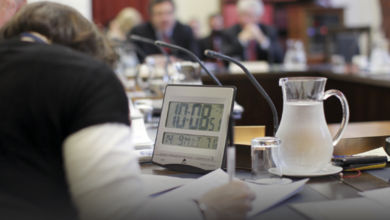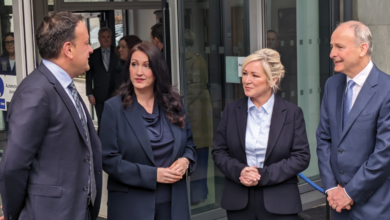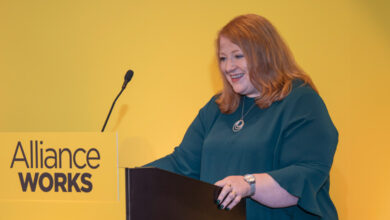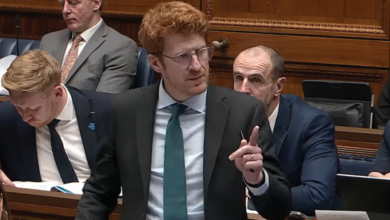Colour & Texture
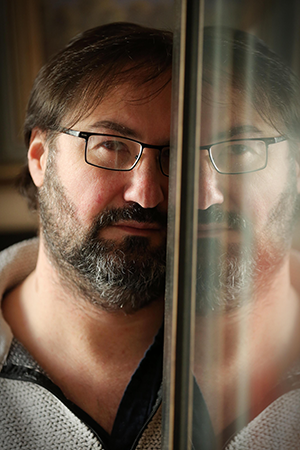 Artist Colin Flack talks to Owen McQuade about how he became an artist and how the Irish art market has changed in recent years.
Artist Colin Flack talks to Owen McQuade about how he became an artist and how the Irish art market has changed in recent years.
How did you get into art?
“Through my parents who had a gallery in Belfast in the 1950s. I was always surrounded by art and artists, spending my afternoons doing homework in the gallery.” Although Flack did an A-Level in art, he went on to study business before entering the family business. In addition to the gallery the family had a very sizeable framing business and were into the mass production of prints of Irish artists in the 1950s, operating on a three shift system with over 200 employees.
In his early 20s he had the opportunity to start painting, with the motivation “to make a few quid”.
“I didn’t want the gallery owners, who were coming in to collect their framing work, to feel obliged to take my paintings and therefore I used to paint under different names,” he says.
The painting took off and he was selling half a dozen paintings a week at £500. At the height of the Irish art market in 2002 one of his paintings sold for €9,000 at an exhibition in Dublin.
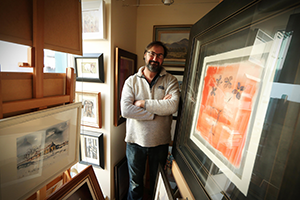
“But people don’t have that sort of money now,” observes Flack. Estimates of the value of Irish art vary between a half and a quarter of their peak prices in the mid 2000s and his estimate is in the middle of this range at one third. He gives the example of the works of McAuley whose paintings sold for £3,000 to £4,000 and now sell for around £1,000.
“It is not the business it was – which in many ways is not a bad thing.
Over recent years, I have noticed a new generation that is buying art. They buy what they like and are not influenced by the investment aspects or the name of the artists. Can they afford it? Do they like it? Does it match the décor? Young people no longer want ‘sad Ireland.’ They want one focal point in the centre of a wall, with colour and texture,” he says.
Online auctions have affected the gallery business. Auction houses would have had one or two Irish art sales each year. They now have four auctions a year and 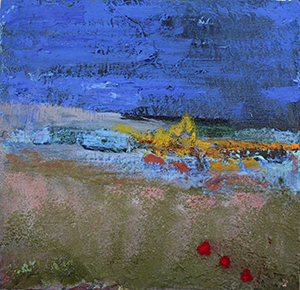 a monthly online auction. This has resulted in the galleries being “not so busy and prices deteriorating.” Lower prices have also led to a change in lifestyle for the artists. “In the 1950s many artists were also school teachers, such as Cecil Maguire and Denis Orme Shaw as art alone wouldn’t sustain an income. Now it is going back to that with many artists taking on another career
a monthly online auction. This has resulted in the galleries being “not so busy and prices deteriorating.” Lower prices have also led to a change in lifestyle for the artists. “In the 1950s many artists were also school teachers, such as Cecil Maguire and Denis Orme Shaw as art alone wouldn’t sustain an income. Now it is going back to that with many artists taking on another career 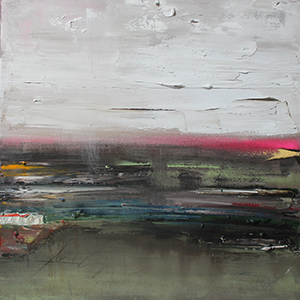 to earn a living.”
to earn a living.”
What have been your influences?
“Walter Osbourne would have been in our house a lot when I was growing up. Of the older style of painting I like Roderick O’Connor.”
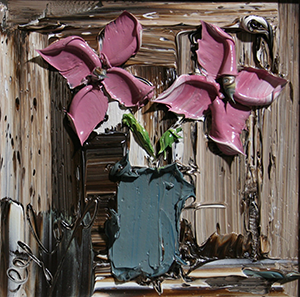 “Colour was always important,” says Flack. His tastes are now more abstract and likes the work of Tony O’Malley, Sean Scully and Patrick Scott – “with his vibrant colours.”
“Colour was always important,” says Flack. His tastes are now more abstract and likes the work of Tony O’Malley, Sean Scully and Patrick Scott – “with his vibrant colours.”
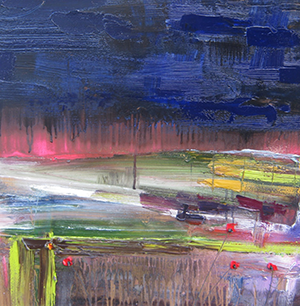 Flack says that his work has progressed over the years and he has developed his own style that is instantly recognisable. “When I started painting I always had to have something to copy, something out of a book or another painting. Now I can’t copy anything and I have to sit down with a blank canvass. A lot of artists are technically very good but have no style of their own. In many ways, that’s the secret – getting your own style,” explains Flack.
Flack says that his work has progressed over the years and he has developed his own style that is instantly recognisable. “When I started painting I always had to have something to copy, something out of a book or another painting. Now I can’t copy anything and I have to sit down with a blank canvass. A lot of artists are technically very good but have no style of their own. In many ways, that’s the secret – getting your own style,” explains Flack.
Looking to the future
When asked how he sees his work progressing into the future, he replies: “colour and texture. I’m using more washes, glazes and pure pigments and my work is becoming more abstract and contemporary.”
On the business front, he says that he is focusing more on prints and selling art in different places.
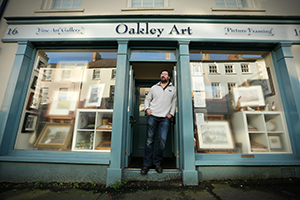
Flack now sells more paintings in restaurants than in his gallery. He has paintings displayed in three of the busiest restaurants in Belfast – each restaurant has between 3,000 and 4,000 diners through their doors each week.

